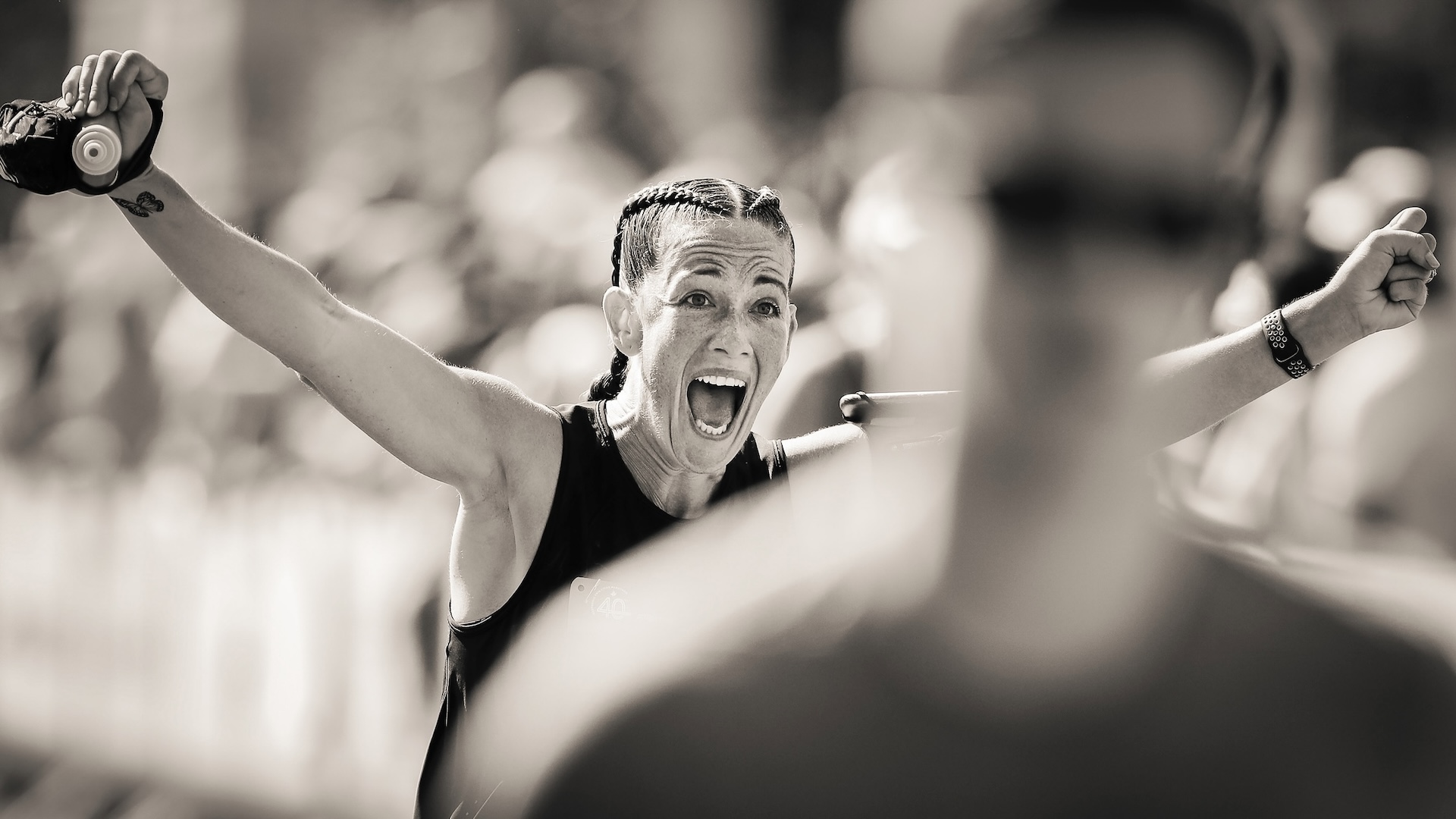Watching the athletes at the Olympics can be very inspiring – and when it comes to running, the marathon distance is one of the most impressive. As a viewer (check out ) you will be amazed by the speed the Olympic marathon runners maintain for the full 26.2 miles of the race, but this running event is still achievable for many more “ordinary” runners.
It just takes some focussed training, the right kit and footwear and the best choice of marathon race for you. We bring you a guide to getting started with your marathon running goal. The right marathon training programme for you will depend on your fitness and racing experience so far.

Ideally, you will have already run a 10k race and hopefully a half-marathon event, and now have the aim of the 26.2-mile marathon. You could start right at the beginning and build up to a marathon but allow more months for this to happen.
Realistically, if you have run a 10k and you feel ready for a half-marathon distance, you could probably . It could also be a good goal to aim for a . There are plenty of training schedules to follow, whether online or in a variety of books.
Many runners find a coach is very useful when training for their first marathon. It’s not simply a case of running further because you need to build up the distance incrementally to avoid injury. It is also a good idea to include and recovery sessions, such as or , so that you maintain the best physical health.
Runners who build up the mileage too quickly and focus on on the running miles often find they are stopped in their tracks due to and niggles. Training for a marathon requires many miles of training. Comfort is key and you should choose clothes that are lightweight and comfortable.
Fabrics that allow sweat to easily evaporate and are quick drying will help you to avoid chafing and keep you warm and dry if it’s cold and damp. Even when the weather is warm, sweat will cause your clothes to become wet, so you will want technical fabrics that dry quickly. Some people swear by , or other natural yarns, for their quick drying properties and these natural fabrics have the advantage of reduced build up of odor from sweat.
It might be that you wil be training in the winter months for a spring or summer marathon, so you will need to think about layers for warmth. If you layer tops you can take them off and put them back on when the conditions dictate. A or a windproof running jacket will be another essential marathon training kit item.
Add and for colder days as well, plus for brighter days. One area that many marathon runners suffer is thigh . If you wear lycra shorts or tights, or double layer , much of the chafing will be avoided.
There are anti-chafing creams and ointments available, too. Also beware the runner’s nipple. When you run longer distances, the nipples can become chafed or sore due to fabric rubbing repetitively.
You could try nipple shields or covers. It will be a good idea to have a to carry spare kit and also snacks and water. Choose your marathon footwear to suit your and also the terrain that you will train and race on.
are different from so buy the right footwear to suit. Marathon training requires many miles of running and it’s likely you will also require some decent underfoot cushioning. Many longer distance runners have a few pairs of running shoes for training and a lighter weight pair of shoes for the race itself.
There are thousands of different . Some are iconic events such as the , and Boston Marathon. Other marathons might be more local to you, which makes travel arrangements easier on the day.
You could also target a marathon race as part of a vacation, or take a holiday after doing a marathon. How about signing up for a and then taking an extended trip to see some top attractions? There are also some great trail marathons, so you do not need to pound out your 26-2-mile goal on tarmac. Running mile after mile in your training programme can become hard work both physically and mentally.
A good quality training programme should take care of the physical side of a marathon. To stay on track and motivated, you would enlist the support of friends to run with you or train for the same marathon. Join a local running club and enjoy the friendship and encouragement of other runners, too.
Another great way to stay focused is to pick a charity to raise money for. If you have a fund-raising goal, it will remind you why you are running all the miles when the training and race feel tough. Hopefully, once you have completed your first marathon you will be keen to do another.
Your next goal might be to run one of the marathon Holy Grail times of a (three hours and 30 minutes) or even a finish. There are training programmes that can help you to achieve this if you have the time for consistent effort. If you have completed a road marathon, why not aim for a trail marathon? Or you could pick a hillier, or flatter, marathon.
Alternatively, how about choosing a different region or country for your next marathon goal? Or looking at one of the ? Running a marathon brings many rewards and it's a goal that plenty of runners are keen to aim for..



















